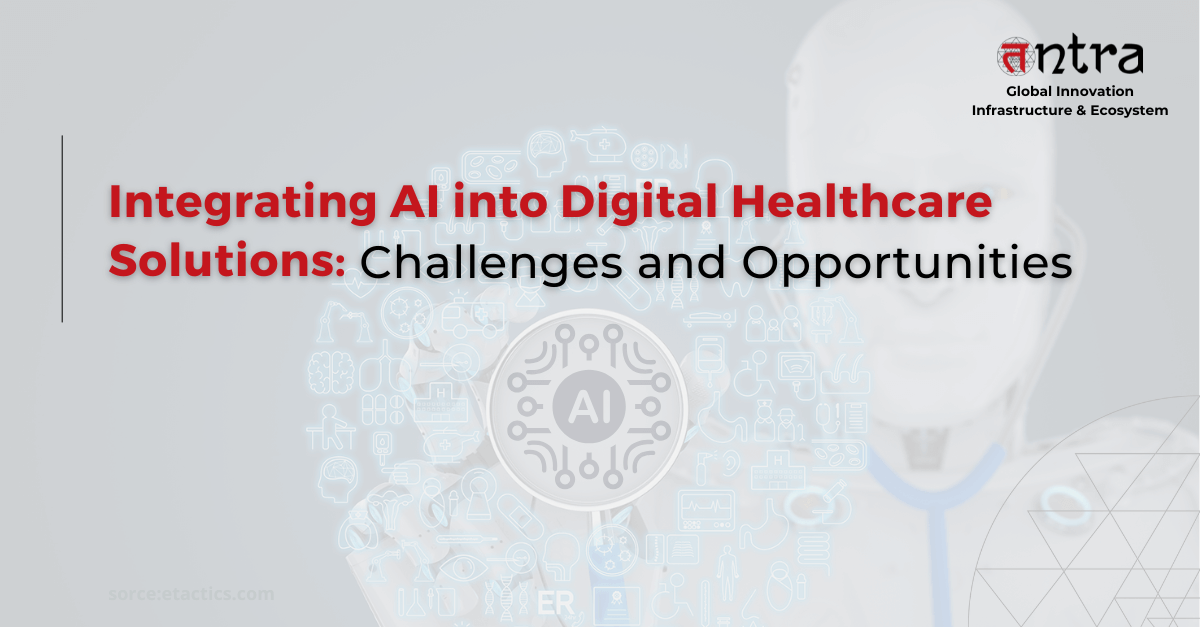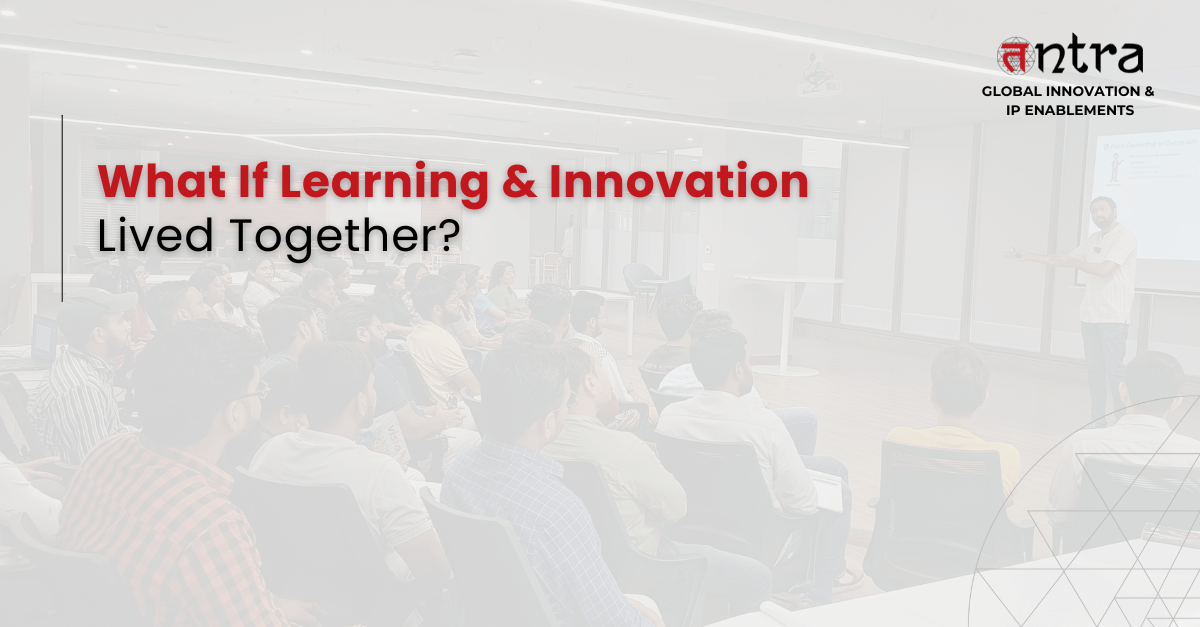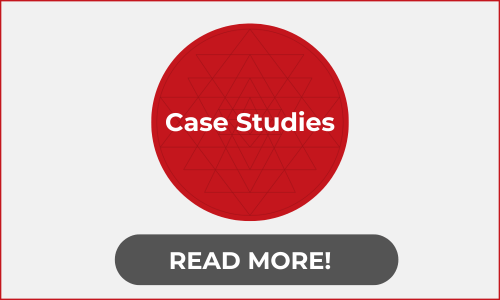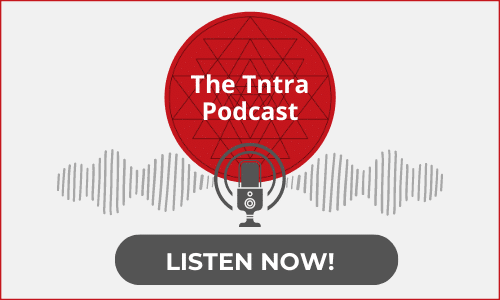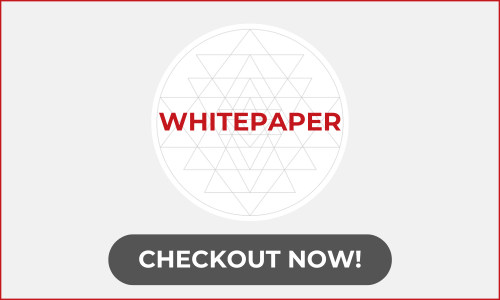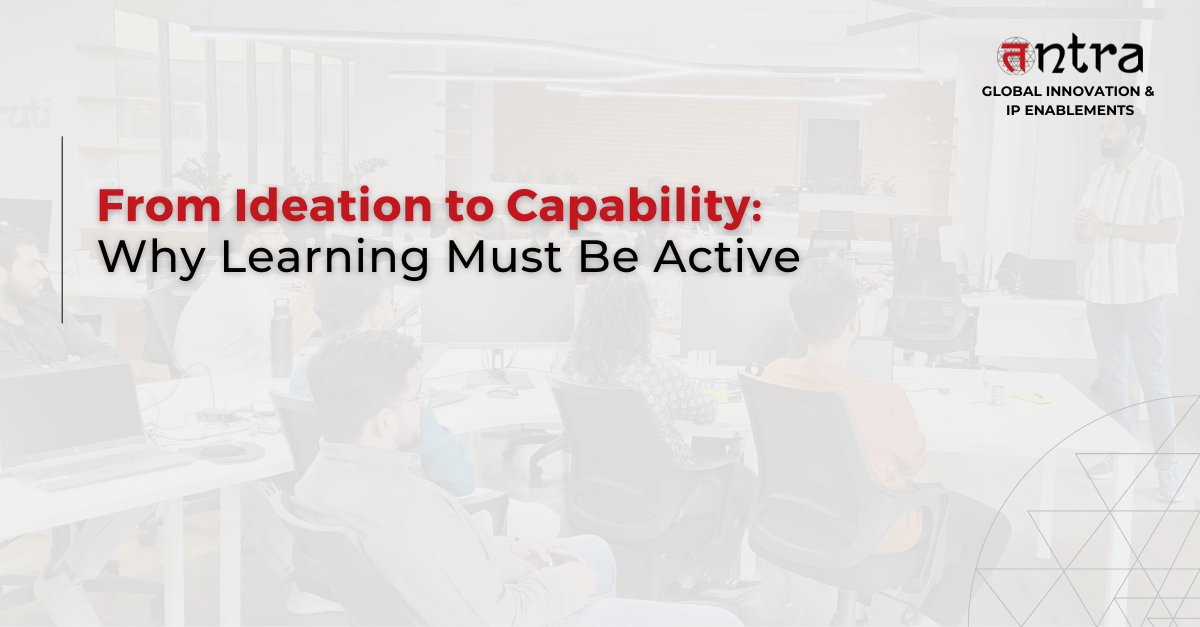
Active Learning for Real Innovation: Bridging the Gap from Ideation to Capability
Table of Contents
ToggleFrom Ideation to Capability: Why Learning Must be Active
We live in an era overflowing with ideas. Teams brainstorm, pitch, and prototype like never before. New ideas come faster than organizations know what to do with them. But a strange paradox has emerged:
We are rich in ideation yet poor in capability.
Why?
Because learning hasn’t kept pace with innovation.
In many organizations and educational systems, challenge-based learning is still passive. Courses are consumed. Certifications are collected. Completion rates are tracked. But when a new idea emerges—when real innovation demands fresh thinking and action—most teams struggle.
Not because they’re unwilling.
But because they’re unready.
The Problem: Learning in Theory, Not in Practice
Traditional learning models are designed to teach, not to prepare. They deliver information in modules, quizzes, and videos. But they don’t bridge the gap between knowing something and being able to do something with it.
And that’s exactly the gap that continuous learning and innovation exposes.
A product designer might understand UX theory, but can they resolve a real-world friction point in a fintech onboarding flow?
A junior engineer may excel at Python tests, but can they effectively debug a data pipeline under pressure?
When innovation moves fast, skills on paper aren’t enough. What matters is capability in action.
Why Passive Learning Fails in a Fast World
The shelf-life of knowledge is shrinking. What you learn today may be outdated in two years or two months. Here, passive learning becomes a liability. It creates the illusion of readiness without any of the resilience that comes with it.
Passive learning:
- Teaches in abstraction, not application
- Is disconnected from real challenges
- Often lacks feedback, mentorship, or context
- Doesn’t translate into confidence or competence
Importantly, it doesn’t prepare people for ambiguity—something every innovative idea brings.
The Solution: Active, Challenge-Based Learning
At Gurukula, we believe learning must be an experience, not an event. And that experience must be built around real-world challenges and a continuous learning culture..
So, what does a “real challenge” look like in Gurukula?
It could be:
- A client problem sourced from a live innovation initiative
- A cross-functional case drawn from partner ecosystems
- A domain-specific simulation with incomplete information—reflecting how real teams operate under ambiguity
- A build-for-purpose internal use case with a clear outcome (e.g., improving ESG reporting or designing a microservice)
Instead of learning first and applying later, we flip the model:
Learn by doing → Reflect → Improve → Repeat
This challenge-based approach means:
- Learners engage with contextual problems, not hypothetical exercises
- Learning is triggered by need, not scheduling
- Mentorship and feedback are part of the process
- Capabilities grow in alignment with evolving aspirations
Whether it’s a university student working on a sustainability solution or a working professional transitioning into product leadership, the path forward is not more content—it’s more context.
From Ideation to Capability: A New Loop
Here’s the loop we see in high-performing continuous learning systems:
- Ideation – A real problem is posed
- Challenge – Learners attempt to solve it
- Feedback – Mentors and peers guide, critique & support
- Reflection – Learners iterate, internalize feedback, and refine their approach
- Portfolio – The final outcome isn’t a grade or a badge. It’s a living, evolving showcase of applied capability.
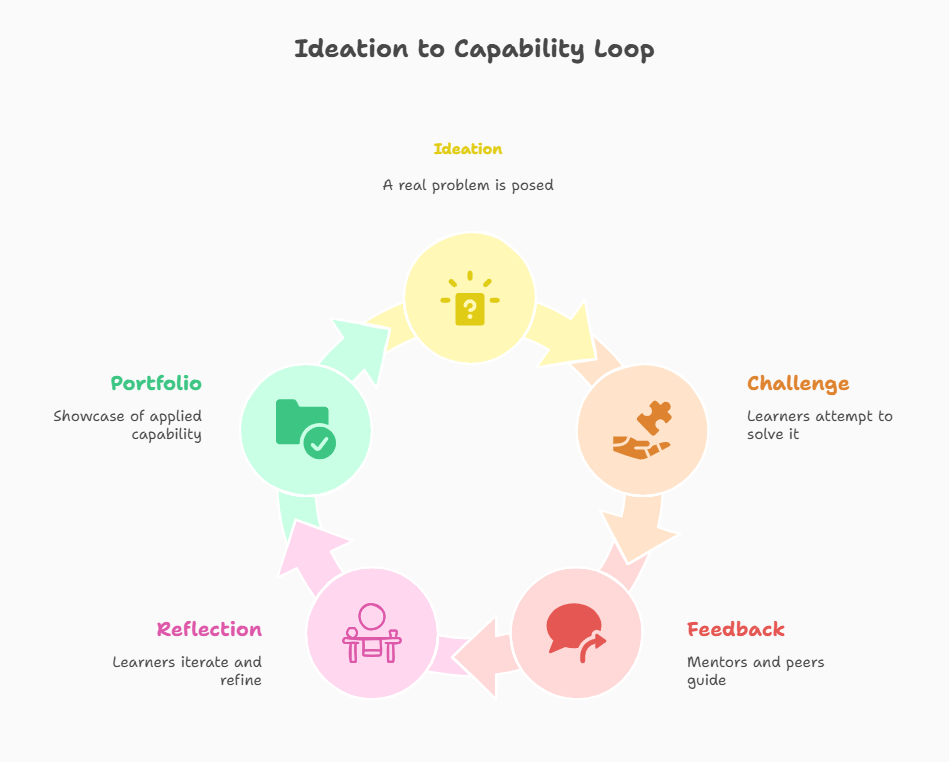
In Gurukula, the portfolio becomes the proof—a multidimensional representation of growth and real-world problem-solving.
It includes:
- Case studies that outline the challenge, the decision paths taken, and lessons learned
- Product prototypes, UI mockups, or code repositories that demonstrate functional delivery
- Insight presentations where learners defend their approach, trade-offs, and stakeholder thinking
- Cross-functional artifacts—documents, wireframes, analysis sheets—built through collaboration
- Reflective narratives that show not just what was built but how the learner grew in mindset, skill, and leadership
Unlike static certificates, Gurukula learning platform and its portfolio are dynamic. They evolve with every challenge tackled and every reflection documented. And because each piece is tied to a real task or innovation initiative, the portfolio becomes both a resume and a readiness report—deeply contextual and immediately relevant.
This is more than assessment. It’s authentic evidence of capability in action.
Capability is the New Credential
In the old world, a degree was enough.
In the new world, what counts is what you can actually do—and how quickly you can learn what you don’t know.
Organizations are beginning to realize this. They don’t just need learners. They need people who can:
- Take on unstructured challenges
- Collaborate across domains
- Think critically under uncertainty
- Grow continuously, not periodically
That’s not built in a classroom. It’s forged in real projects with real stakes.
The Bottom Line
Learning that doesn’t translate to capability is a missed opportunity.
Ideation without follow-through is just noise.
To innovate, we must activate.
And to grow, we must challenge.
Gurukula is built for this future—a future where learners don’t just consume knowledge but use it, question it and build upon it.
Because ideas are only as powerful as the people ready to bring them to life.
Ready to move beyond passive learning? Discover how Gurukula’s challenge-based platform can help you build real capability. Discover Gurukula.

